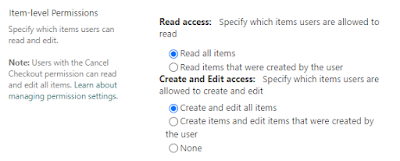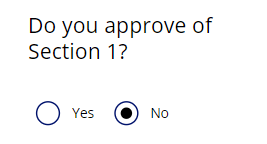Invalid PrincipalId=00000000-0000-0000-0000-000000000000 Guid.Empty doesn't exist - Power Automate Trigger

The title just rolls right off the tongue doesn't it? This was a strange one. We had a flow which looked fine, but for some reason it would not trigger (dataverse row on add). When going into the flow, it said there was a problem with the trigger and the following message appeared. Invalid PrincipalId=00000000-0000-0000-0000-000000000000 Guid.Empty doesn't exist. Well that sounds curious. I did a bit of googling and nothing immediately of note came back. Then I thought of callbackregistrations. These are the records that are created that essentially are records of triggers for your flows. Without one of these, the flow would not trigger, with two of these it might trigger twice. You shouldn't have to interact with callbackregistrations, but sometimes it is necessary. I used the dataverse web api as described in this blog post to look for any registrations: https://community.dynamics.com/blogs/post/?postid=a8d821b1-5428-4a59-8a24-f0ad7523775f I found a registration....




